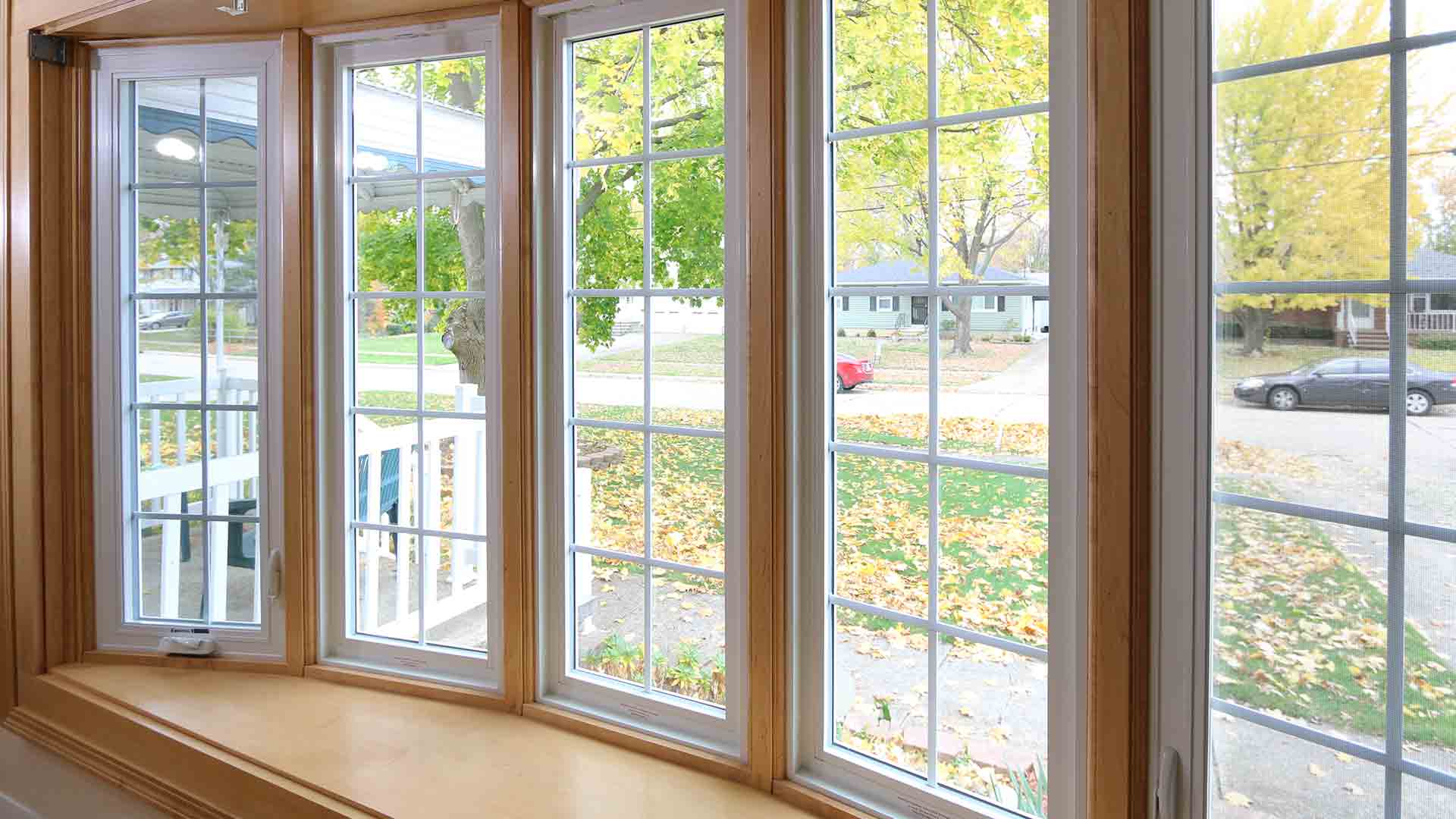
Renovating your home involves plenty of small decisions you would not think to make at the outset, but have a great impact on the project’s outcome. For instance, most homeowners would not think of having to choose between retrofit windows and new ones. Here are a few things you need to know about residential replacement windows.
What are the materials used for replacement windows?
Retrofit windows usually come in one of five different types of materials. Each of these has their own advantages and disadvantages, and are best fit for different types of housing. Here is a closer look at each type of window material.
Vinyl – durability
The most popular type of window is vinyl, for good reason. This material is very durable. It can provide years of energy efficiency without needing a lot of maintenance. Vinyl windows are not very customizable, but there are variants that come in decorative colors. It is also rather inexpensive to use vinyl, and it is a good choice for replacement windows.
Wood or clad-wood – appearance
Whether you use it for window trimmings, windows, doors, or furniture, wood always provides a beautiful contrast to other construction materials. Classic wood is good for both interior and exterior decorating. Some climates require you to use clad-wood, which has a metal layer of protection that prevents moisture from rotting the core of the frame. With wood or clad-wood, you have plenty of options for staining, painting, and customizing your replacement windows.
Aluminum – heat resistance
This material is cost effective, easy to maintain, and are good for warmer climates. They are lightweight and strong, which means they can withstand gusts of wind, and can prevent homes from getting too hot. This is perfect for Salt Lake City or Utah in general, since summers can climb to scorching temperatures in our state! A great choice for replacement windows.
Fiberglass – climate control
Another good material for regulating temperatures is fiberglass. It is enjoying a steady increase in popularity since it is an excellent, all-around construction material. Fiberglass windows perform well in all sorts of extreme climates. A benefit of using this material is that it behaves like plastic, which makes it more sturdy than traditional glass windows. Another great choice for replacement windows.
Choosing between new and replacement windows
When deciding between residential window replacement and new window installation, consider that new windows come with a nail fin. Your builder needs to place this directly in the rough opening and covered when the window is in place. If you do not have plans of renovating entire sections of the wall, this can be tricky to accomplish.
Replacement windows have fins that you can install over the existing frame. They are also a more affordable option overall. Construction costs and labor will increase the total expenses anywhere from 50 to 100 percent of the price of a window. Note, though, that new windows will increase the value of your home, and might contribute to its energy efficiency.
Conclusion
At the end of the day, choosing between new and replacement windows boils down to what you value in your household. If you want to invest in your house’s resale value, new windows might be a better option. If you are on a budget, you should choose retrofitted windows. Whatever your choice, your windows will last longer and deliver value if you have them installed by experts.
Get your windows from Salt Lake Window Company. We are Utah’s fastest-growing supplier; we offer AMSCO vinyl windows, cascade windows, and other types made from high-quality materials. Get in touch with us today for more information!

